Tom Ross, corporate credit portfolio manager, discusses conditions in the high yield market, including the default outlook, the importance of monetary and fiscal stimulus and whether high yield can tolerate inflation.


Tom Ross, corporate credit portfolio manager, discusses conditions in the high yield market, including the default outlook, the importance of monetary and fiscal stimulus and whether high yield can tolerate inflation.
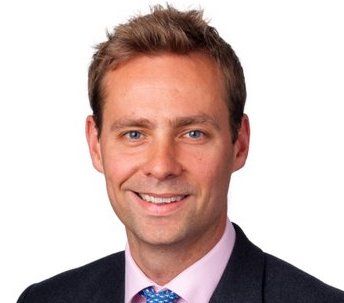
A large-cap preference in fixed income is necessary in the current low yield environment, says Hermes head of credit.
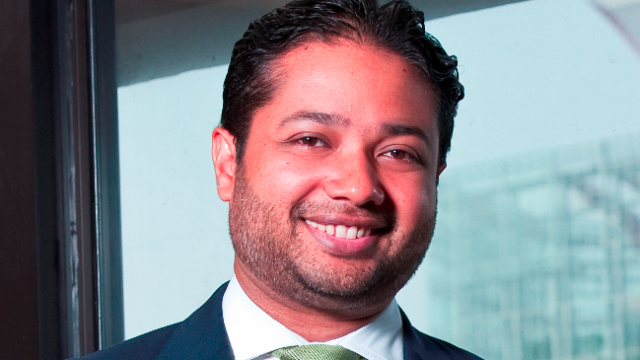
A majority of Schroders’ global credit income fund is invested in investment grade bonds.

Dedicated high yield bond portfolios have boasted the best returns among fixed income funds during the past decade.
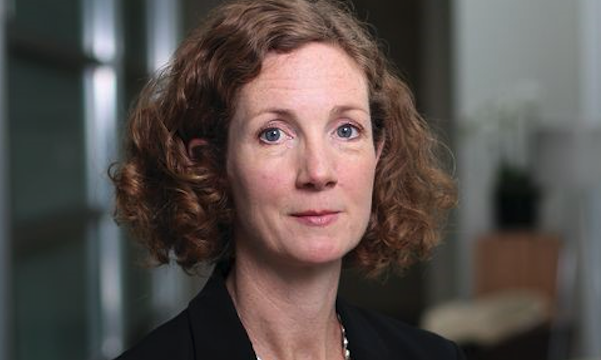
BBB bonds have mushroomed and fixed income, particularly high yield, has become a hot asset class in Asia again, according to Rachel Harris, senior investment director for credit at Aviva Investors.
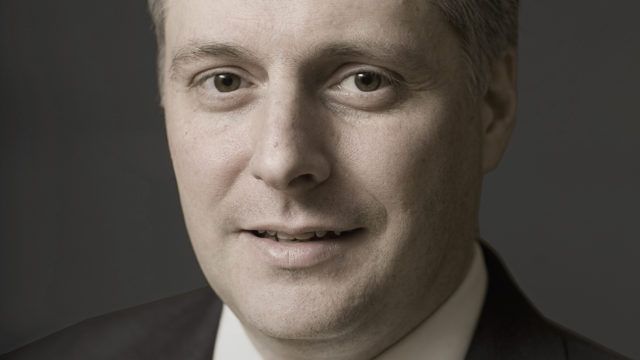
Changes to Brandywine Global’s bond portfolio involve a pullback from risk assets as interest rates and the US dollar rise, said Brian Kloss, portfolio manager and head of high yield.

One of the products is Asia-focused, which has fewer peer fund competitors than other high yield funds for sale in the region.
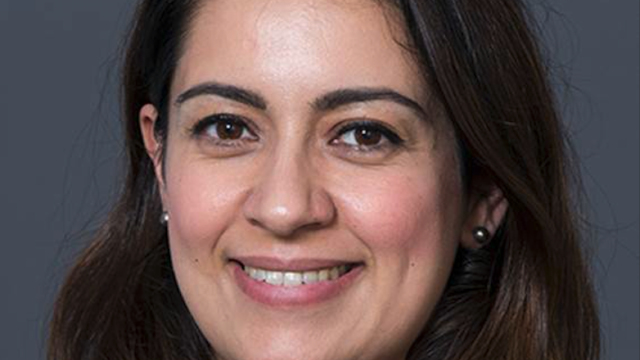
Rising interest rates have made it harder for companies to find sources of funding, according to Alaa Bushehri, London-based portfolio manager for emerging market fixed income at BNP Paribas Asset Management.
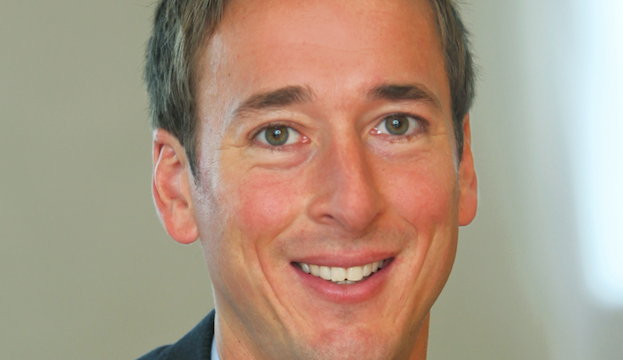
High yield bonds are the best performing asset class within fixed income year-to-date, but higher capital gains are in investment grade bonds, according to Pierre Chartres, London-based fixed income specialist at M&G Investments.
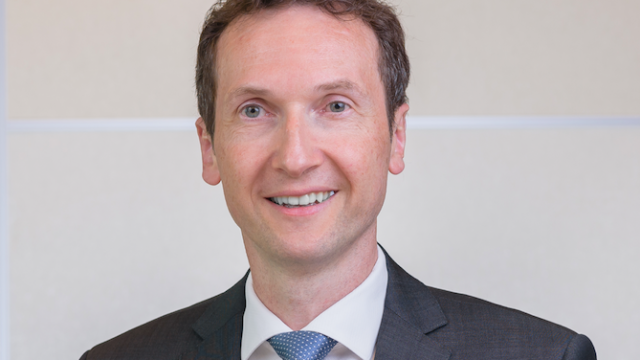
The increasing popularity of leveraged loans has made the asset class less attractive, according to James Blair, Singapore-based investment director for fixed income at Capital Group.
Part of the Mark Allen Group.
